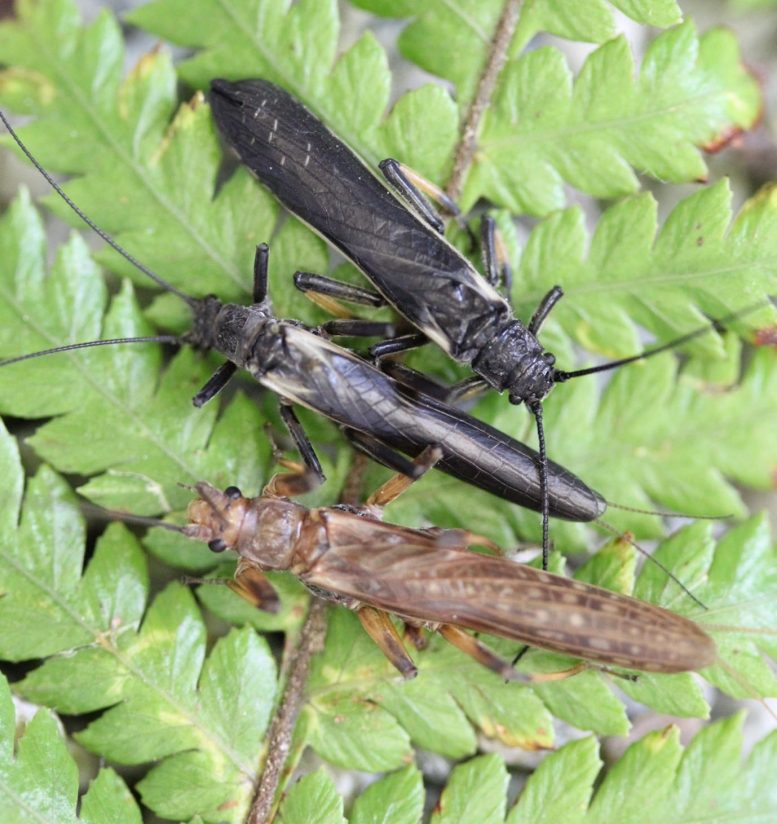
A cyanide-producing Austroperla cyrene sits at the top of this picture, with a mimicking Zelandoperla fenestrata in the centre and non-mimicking Zelandoperla fenestrata at the bottom. Credit: University of Otago
Scientists have revealed the unique ‘cheating’ strategy used by a specific insect native to New Zealand to evade predation – by imitating a species known for its high toxicity. In the natural world, toxic species usually advertise their harmful nature, often by displaying bright and contrasting colors like black, white, and yellow, a characteristic commonly seen in wasps and bees.
In a similar vein, the cyanide-producing stonefly from New Zealand, Austroperla cyrene, produces strong ‘warning’ colors of black, white, and yellow, to highlight its threat to potential predators.
In a new study published in Molecular Ecology, University of Otago Department of Zoology researchers reveal that an unrelated, non-toxic species ‘cheats’ by mimicking the appearance of this insect.
Lead author Dr. Brodie Foster says by closely resembling a poisonous species, the Zelandoperla fenestrata stonefly hopes to avoid falling victim to predators.
“In the wild, birds will struggle to notice the difference between the poisonous and non-poisonous species, and so will likely avoid both. To the untrained eye, the poisonous species and its mimics are almost impossible to distinguish,” he says
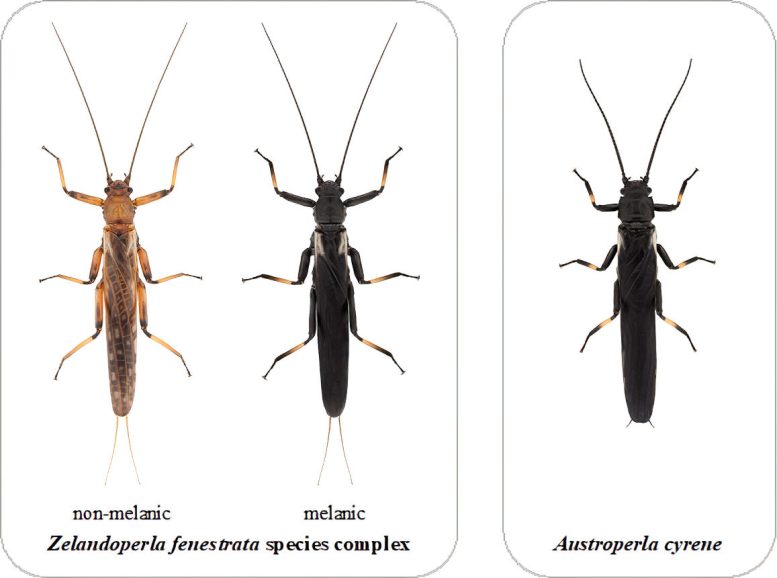
Similar ‘warning’ colouration of the non-toxic mimic Zelandoperla fenestrata stonefly (left), and cyanide-producing Austroperla cyrene (right). Credit: University of Otago
The researchers used genomic approaches to reveal a key genetic mutation in a coloration gene that distinguishes cheats and non-cheats.
This genetic variation allows the cheating species to use different strategies in different regions.
However, co-author Dr. Graham McCulloch says the strategy, known as Batesian mimicry, doesn’t always succeed.
“Our findings indicate that a ‘cheating’ strategy doesn’t pay in regions where the poisonous species is rare,” he says.
Co-author Professor Jon Waters adds cheating can be a dangerous game.
“If the cheats start to outnumber the poisonous species, then predators will wake up to this very quickly – it’s a bit of a balancing act,” he says.
The Marsden-funded team is assessing how environmental change is driving rapid evolutionary shifts in New Zealand’s native species.
Reference: “ebony underpins Batesian mimicry in melanic stoneflies” by Brodie J. Foster, Graham A. McCulloch, Yasmin Foster, Gracie C. Kroos, Tania M. King and Jonathan M. Waters, 28 July 2023, Molecular Ecology.
DOI: 10.1111/mec.17085



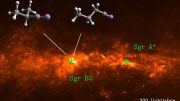
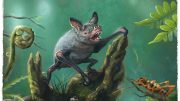

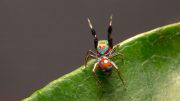
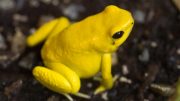

Be the first to comment on "When Cheating Pays – Researchers Uncover Unique Survival Strategy of New Zealand Insect"